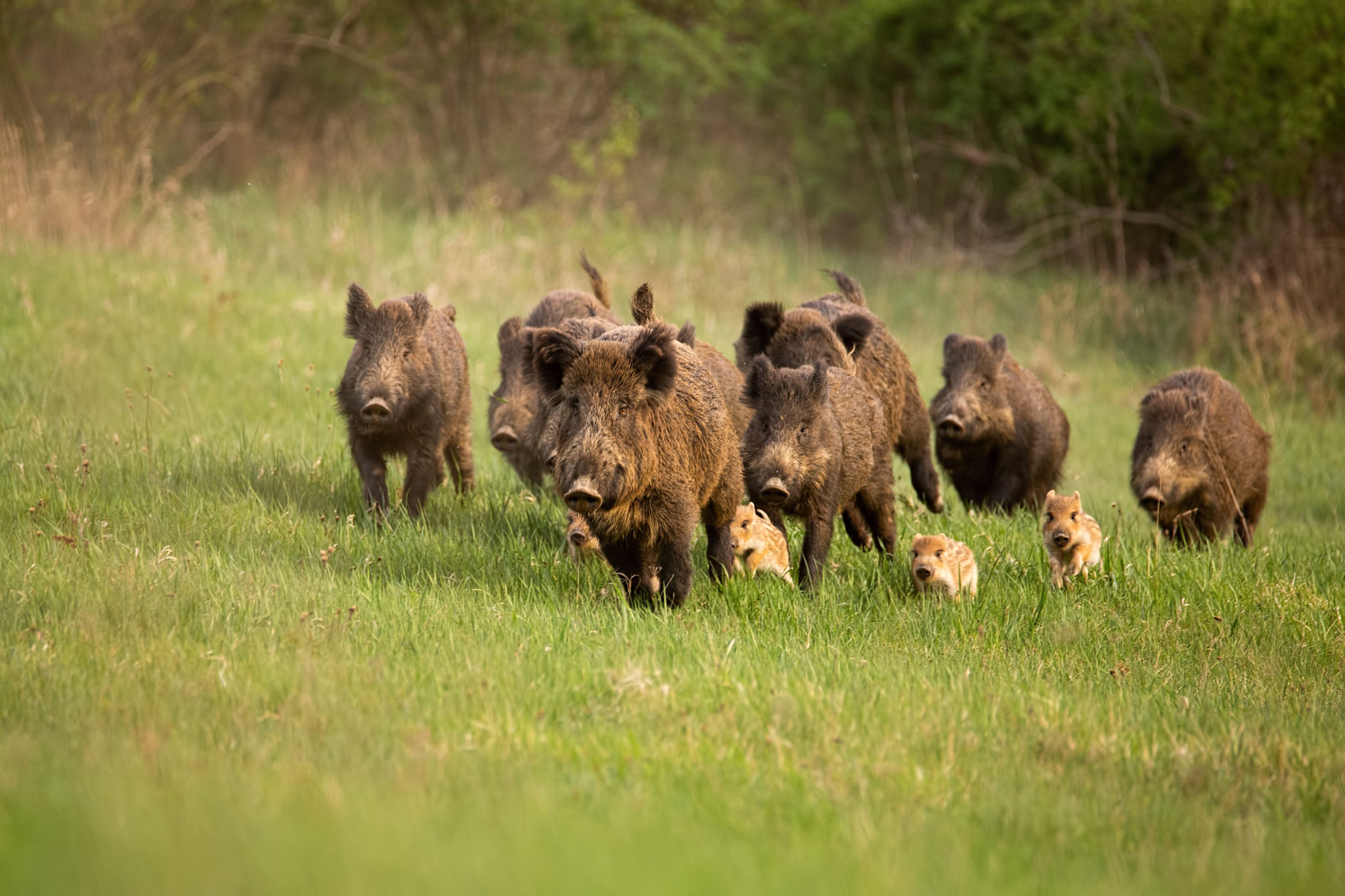Effective Winter Wildlife Management Strategies in Alberta
Introduction to Winter Wildlife Management
Alberta's diverse ecosystems are home to a wide range of wildlife species. As winter approaches, these animals face unique challenges, making effective wildlife management strategies crucial. Understanding the dynamics of wildlife behavior and habitat needs during the colder months can help ensure their survival and conservation.
Wildlife management in winter requires a different approach compared to other seasons. Strategies must address the scarcity of food, harsh weather conditions, and the impact of human activities on wildlife habitats. By implementing targeted measures, conservationists can support healthy wildlife populations throughout Alberta's coldest months.

Habitat Preservation
One of the most important strategies for winter wildlife management is habitat preservation. Ensuring that animals have access to adequate shelter and resources is critical during this time. Preserving natural habitats such as forests, wetlands, and grasslands provides essential cover and food sources for wildlife.
Efforts to protect these areas from development and degradation are vital. Maintaining buffer zones around critical habitats can minimize disturbances from human activities. Additionally, promoting the use of wildlife corridors can enhance connectivity between habitats, allowing animals to move freely in search of food and shelter.

Feeding Strategies
Food scarcity is a significant challenge for wildlife during winter. Some species rely on stored fat reserves, while others may need supplemental feeding programs. When implementing feeding strategies, it is crucial to consider the specific dietary needs of different species and ensure that artificial feeding does not disrupt their natural foraging behaviors.
Supplemental feeding should be approached with caution to avoid dependency. Natural food sources, such as planting native vegetation that provides berries and seeds, can be a sustainable alternative to direct feeding. This approach supports not only the target species but also the broader ecosystem.

Human-Wildlife Conflict Mitigation
As human populations expand, interactions with wildlife become more frequent, especially during winter when animals may venture closer to urban areas searching for food. Effective management strategies are needed to mitigate conflicts and ensure coexistence.
Education and outreach programs can raise awareness about minimizing attractants such as unsecured garbage and pet food. Fencing and other deterrents can help keep wildlife away from residential areas while ensuring safe passage through non-intrusive routes or corridors.
Monitoring and Research
Regular monitoring and research are essential components of effective winter wildlife management. By understanding population dynamics, health statuses, and movement patterns, conservationists can make informed decisions and adapt management practices accordingly.
Technologies such as GPS tracking and remote sensing offer valuable insights into wildlife behavior during the winter months. Collaborating with research institutions and local communities can enhance data collection efforts and broaden the understanding of species-specific needs.

Conclusion
Effective winter wildlife management in Alberta combines habitat preservation, appropriate feeding strategies, conflict mitigation, and ongoing research. By addressing these key areas, conservationists can support the resilience of wildlife populations through the challenges posed by winter conditions.
Continued commitment to these strategies will ensure that Alberta's rich biodiversity thrives even in the harshest seasons, maintaining ecological balance and promoting coexistence between humans and wildlife.